Inside the world's first 3D printed house in raw earth
Tecla, a revolutionary 3D printed house designed by Mario Cucinella Architects in collaboration with specialists WASP and unveiled this month in Italy, is made entirely from raw earth
Iago Corazza - Photography
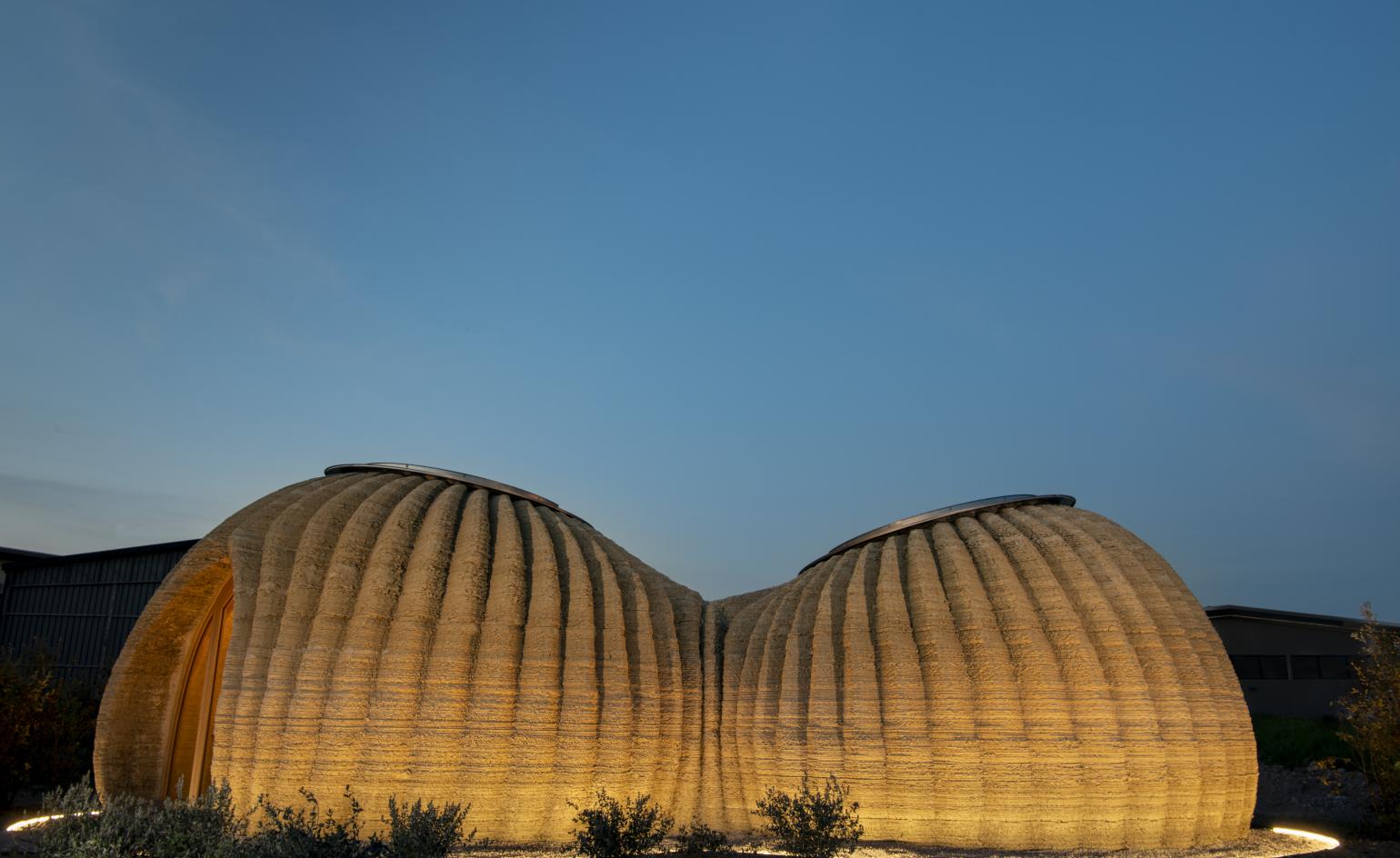
Mario Cucinella Architects has built the world's very first 3D printed house made entirely from raw earth. Named ‘Tecla', and built in collaboration with specialists in the field WASP, the structure demonstrates the point where natural materials meet technology and has just been unveiled in Italy's Massa Lombarda region, near the city of Ravenna.
‘Adopted from one of Italo Calvino’s Imaginary Cities, one that is forever taking shape, the name ‘Tecla' evokes the strong link between past and future combining the materiality and spirit of timeless ancient dwellings with the 21st-century world of high-tech production,' say the architects.
Revolutionary technology
The building was created with the cutting edge of current 3D printing technology, and as a result the team was able to construct its 60 sq m in a mere 200 hours. This was helped by the fact that the structure was designed to be entirely self supported – it requires no other framework structure and can hold its own weight. A minimalist approach in material use – effectively, the whole house is created out a single material in one go – means the risk of complications on the building site are low helping things move more efficiently and faster.
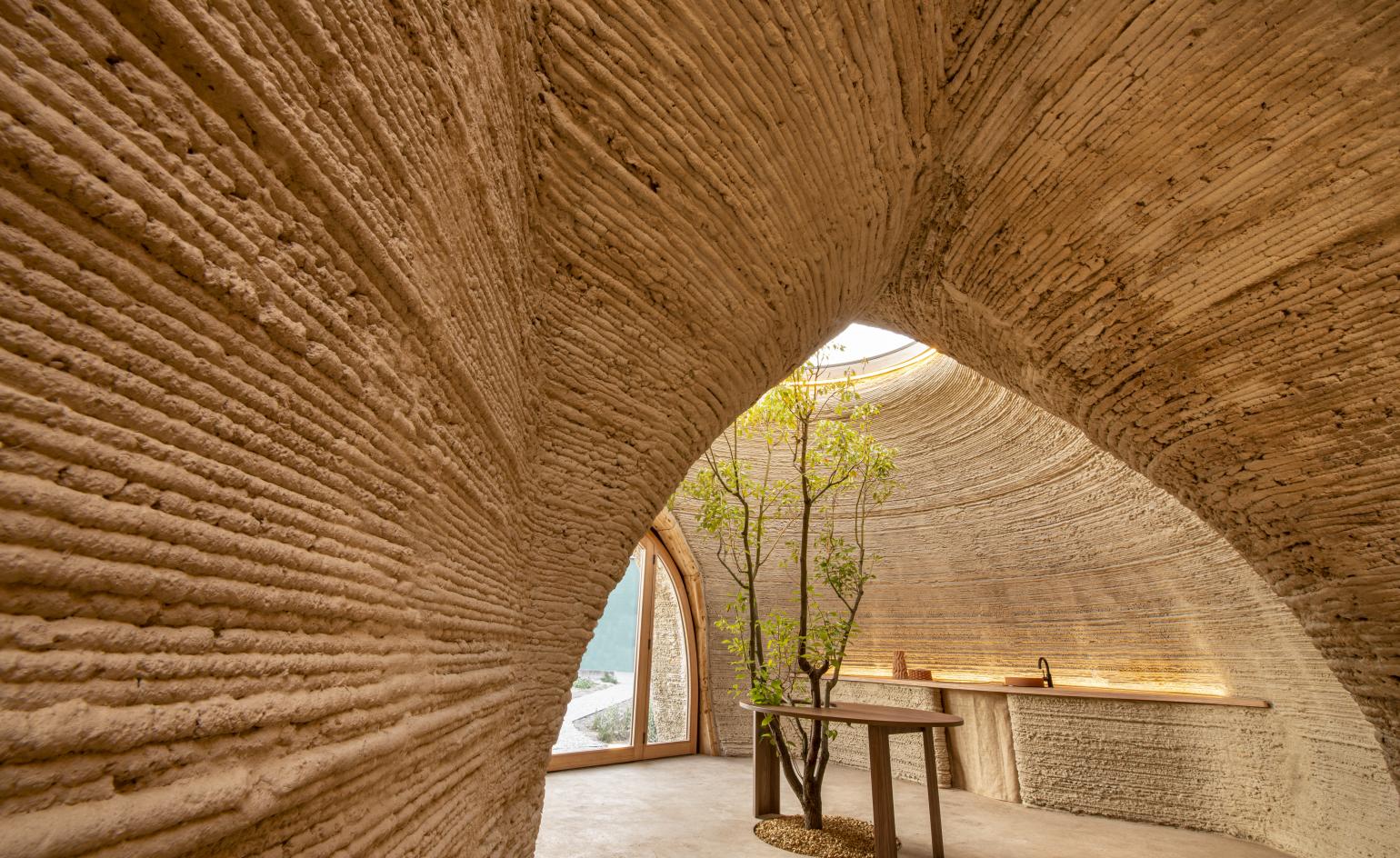
Sustainability in this 3D printed house
Built in situ using locally sourced materials, Tecla is an exemplar of a zero-waste product. Local soil was used for the 3D printing's raw material and on top of this, the sriking, tactile shell is wholly biodegradable – demonstrating how smart architecture can look good but also be in the technological avant-garde and support a low-carbon approach at the same time.
The composition of the earth mixture used in the build was created in direct response to the local climatic conditions. This means that thermal performance has been optimised too, ‘balancing thermal mass, insulation and wall ventilation within the envelope,' explain the architects.
Streamlined aesthetics
The streamlined approach with construction is mirrored in an appropriately strong aesthetic. The house appears coherent, with the same visual style both inside and out. The environment feels natural and warm, with gentle colourings and a tactile surface finish that is friendly to the touch. The internal spaces – a living area, a bedroom and bathroom – feature tailor made, built-in furniture to match the overall aesthetic, allowing at the same time enough free, open space for customisation and flexibility if needed.
‘Fitted furnishings are produced as part of the 3-D printing process enabling occupants to make instant use of these dwellings,' say the architects. ‘This was an important consideration for Mario Cucinella Architects because the studio wanted to use 3-D printing technologies to address both acute housing emergencies, for which the rapid construction of TECLA housing is especially suitable, and the longer-term housing crisis around the world.'
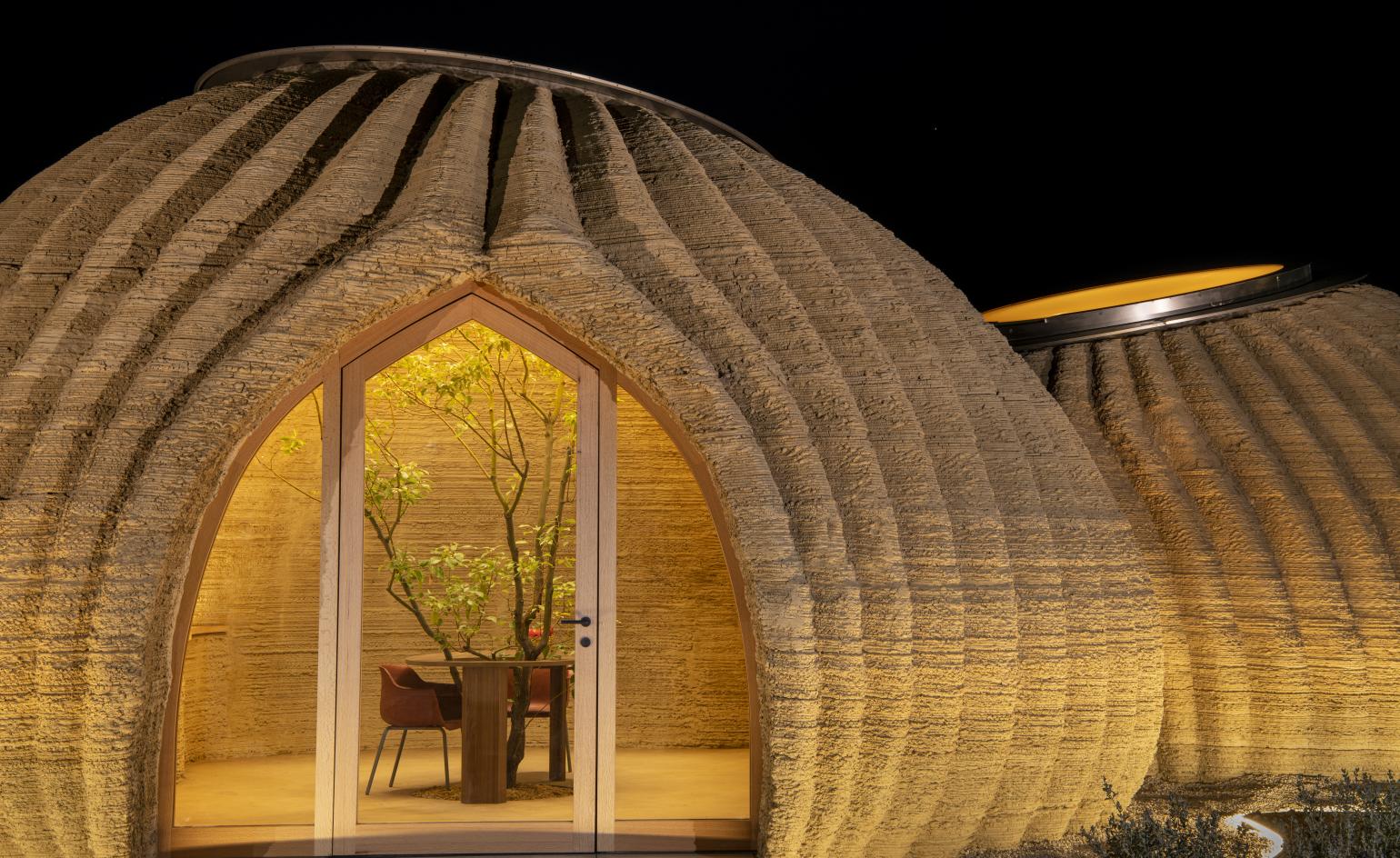
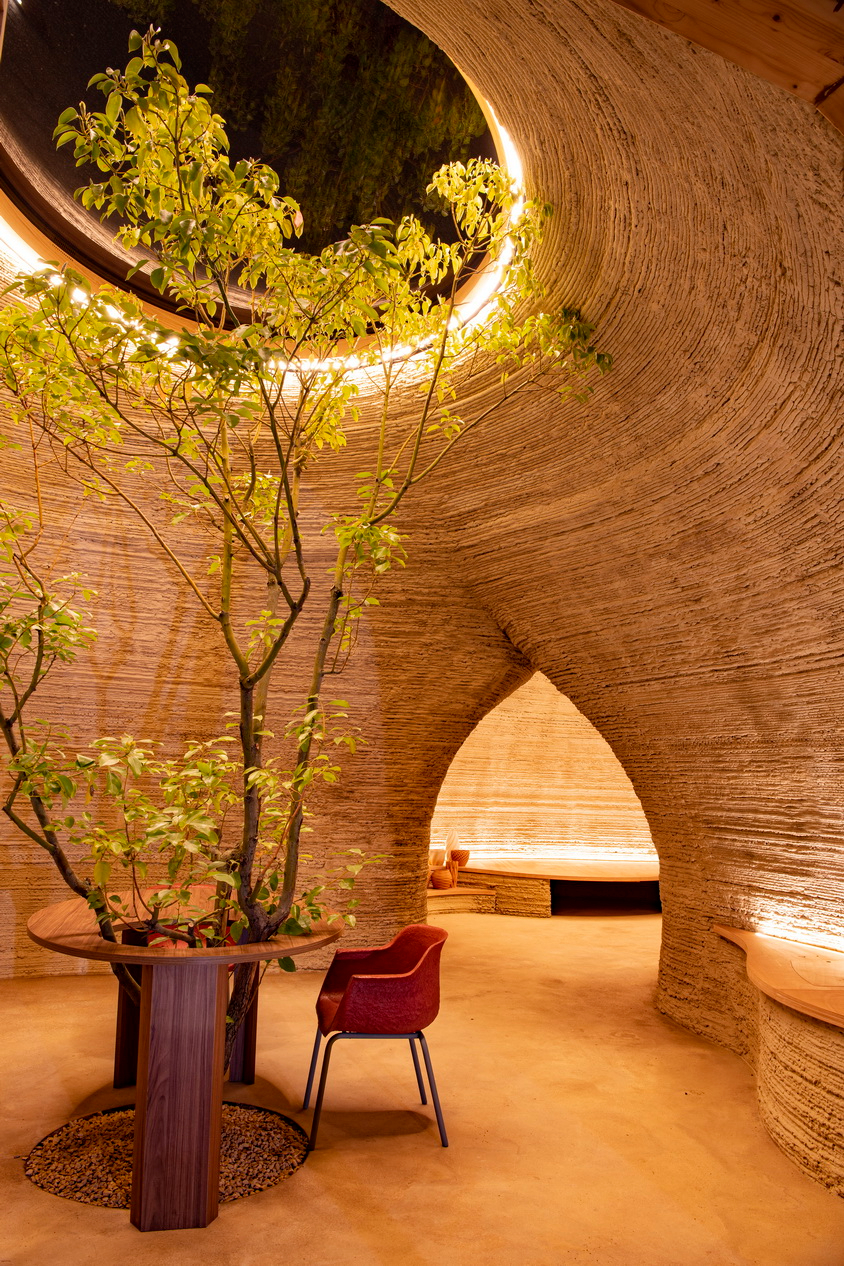
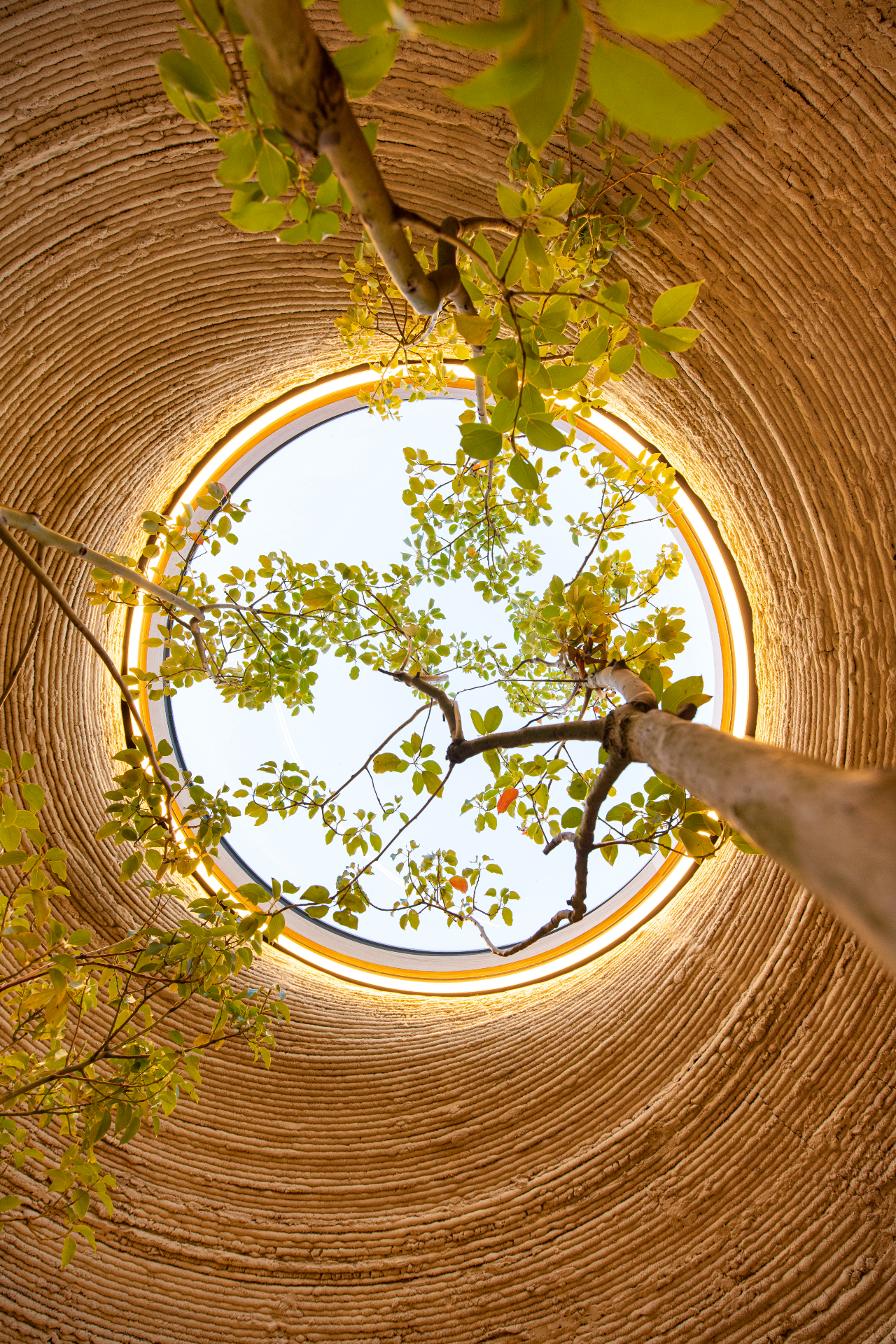
INFORMATION
Receive our daily digest of inspiration, escapism and design stories from around the world direct to your inbox.
Ellie Stathaki is the Architecture & Environment Director at Wallpaper*. She trained as an architect at the Aristotle University of Thessaloniki in Greece and studied architectural history at the Bartlett in London. Now an established journalist, she has been a member of the Wallpaper* team since 2006, visiting buildings across the globe and interviewing leading architects such as Tadao Ando and Rem Koolhaas. Ellie has also taken part in judging panels, moderated events, curated shows and contributed in books, such as The Contemporary House (Thames & Hudson, 2018), Glenn Sestig Architecture Diary (2020) and House London (2022).
-
 The White House faced the wrecking ball. Are these federal buildings next?
The White House faced the wrecking ball. Are these federal buildings next?Architects and preservationists weigh in on five buildings to watch in 2026, from brutalist icons to the 'Sistine Chapel' of New Deal art
-
 Georgia Kemball's jewellery has Dover Street Market's stamp of approval: discover it here
Georgia Kemball's jewellery has Dover Street Market's stamp of approval: discover it hereSelf-taught jeweller Georgia Kemball is inspired by fairytales for her whimsical jewellery
-
 The best way to see Mount Fuji? Book a stay here
The best way to see Mount Fuji? Book a stay hereAt the western foothills of Mount Fuji, Gora Kadan’s second property translates imperial heritage into a deeply immersive, design-led retreat
-
 At the Holcim Foundation Forum and its Grand Prizes, sustainability is both urgent and hopeful
At the Holcim Foundation Forum and its Grand Prizes, sustainability is both urgent and hopefulThe Holcim Foundation Forum just took place in Venice, culminating in the announcement of the organisation's Grand Prizes, the projects especially honoured among 20 previously announced winning designs
-
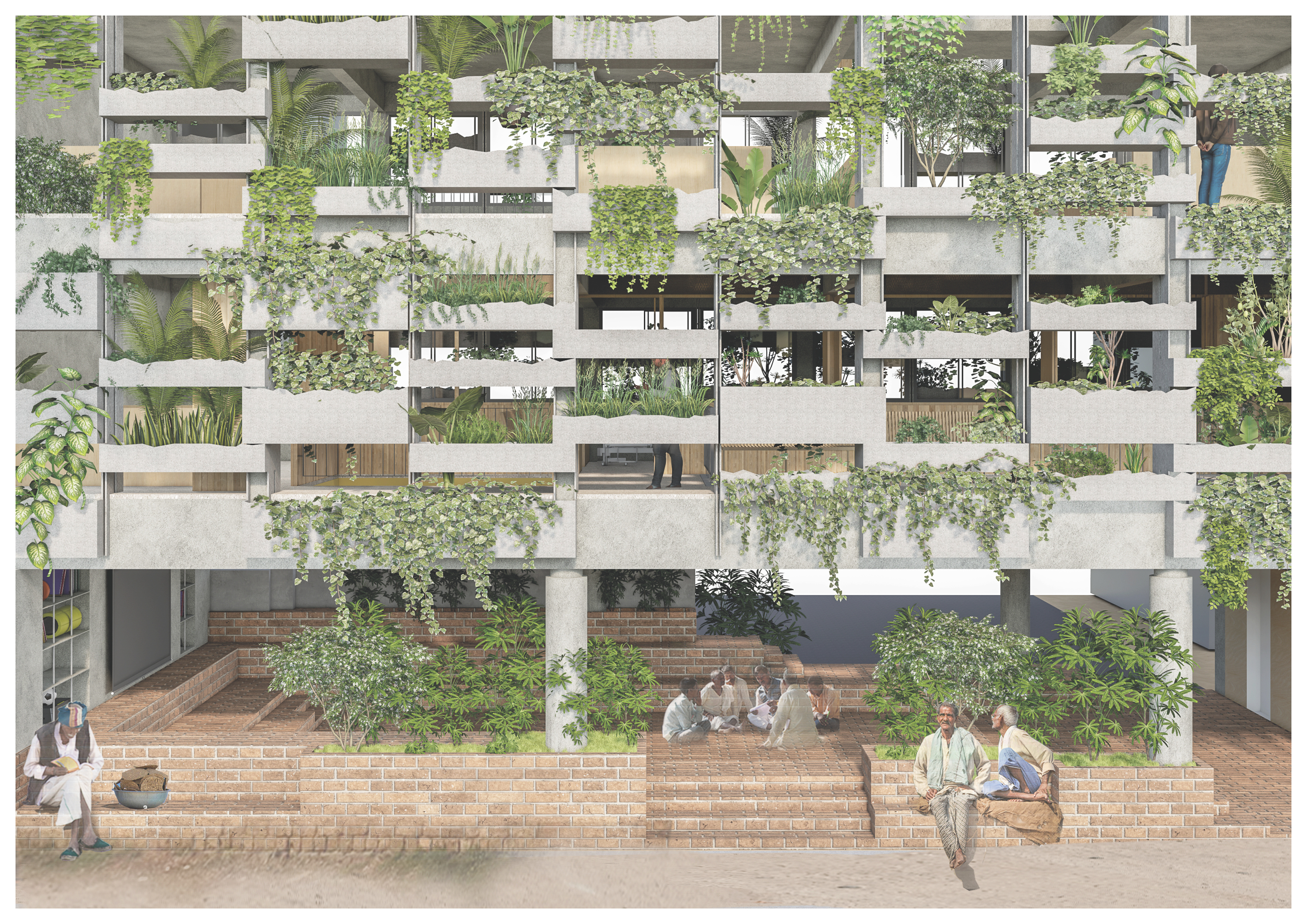 Holcim Foundation Awards celebrate sustainability with 20 winners; Sou Fujimoto explains all
Holcim Foundation Awards celebrate sustainability with 20 winners; Sou Fujimoto explains allThe 2025 Holcim Foundation Awards have just been announced, crowning 20 projects from across the globe as the most inspirational schemes in the field of sustainable architecture; we caught up with Asia Pacific jury chair Sou Fujimoto to find out more
-
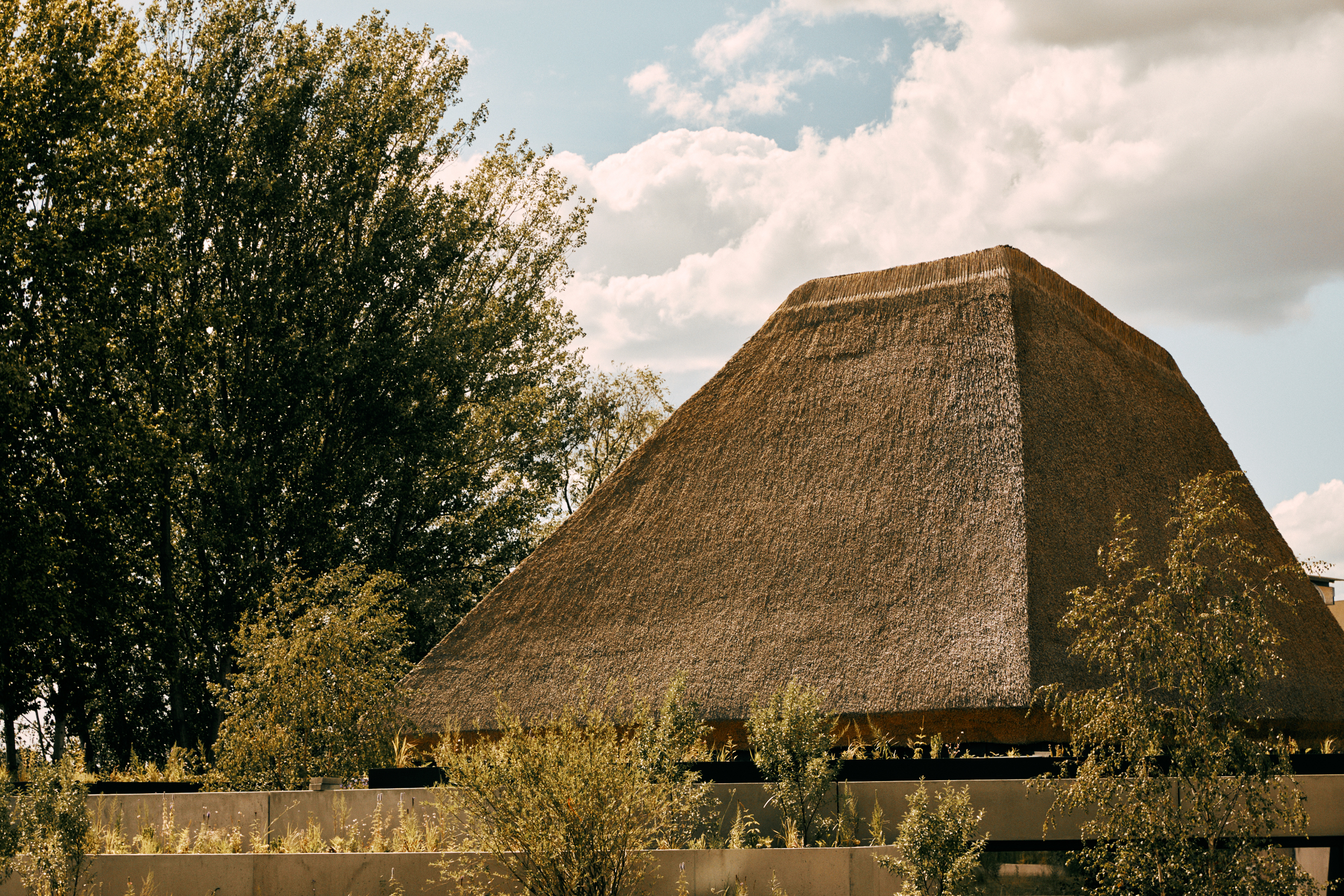 What are biomaterials? Everything you need to know about Mother Nature's building blocks
What are biomaterials? Everything you need to know about Mother Nature's building blocksCould the cities of the future be grown from plants, bacteria and fungi? Architects explain
-
 What is eco-brutalism? Inside the green monoliths of the movement
What is eco-brutalism? Inside the green monoliths of the movementThe juxtaposition of stark concrete and tumbling greenery is eminently Instagrammable, but how does this architectural movement address the sustainability issues associated with brutalism?
-
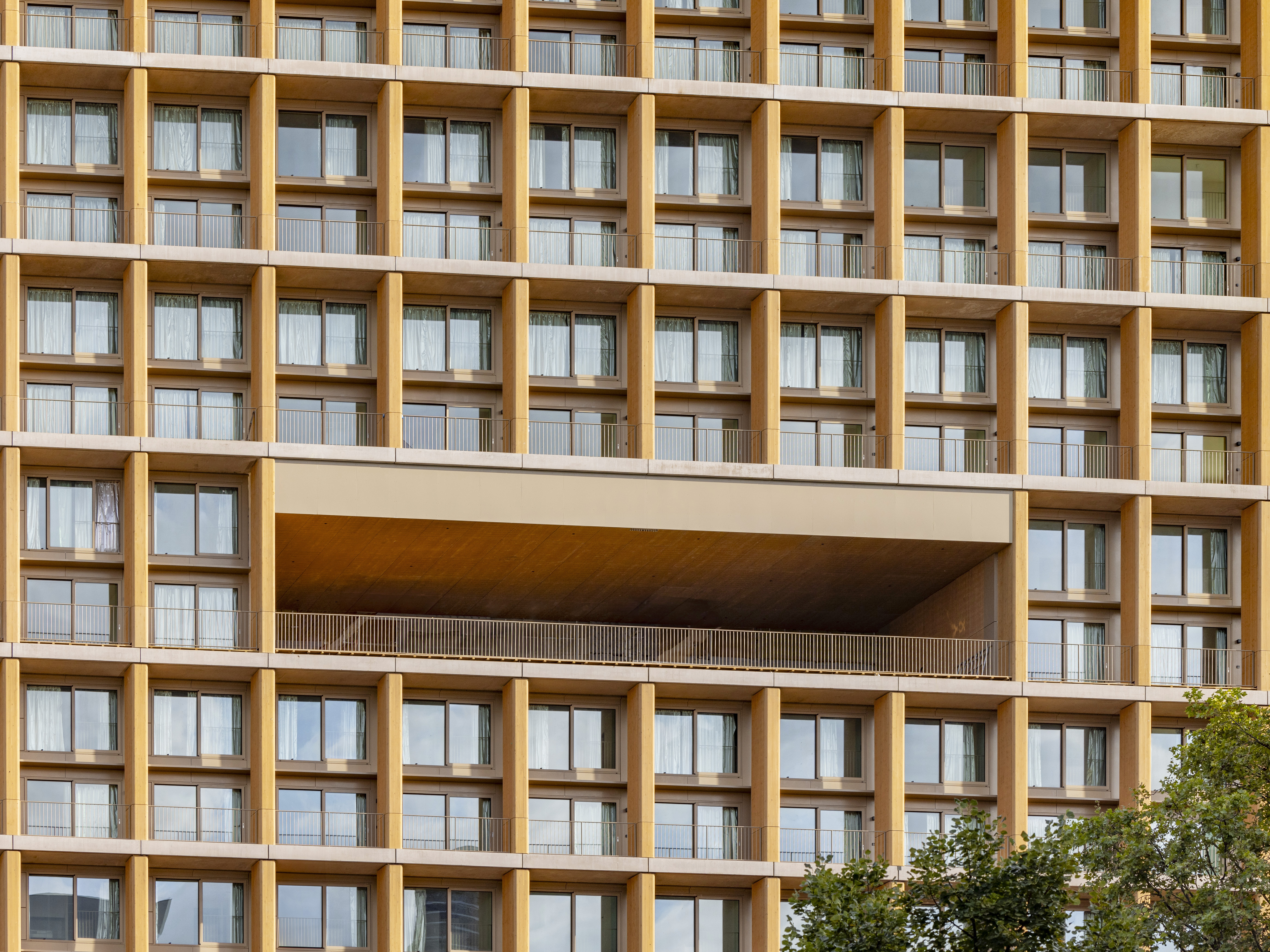 Explore wood architecture, Paris' new timber tower and how to make sustainable construction look ‘iconic’
Explore wood architecture, Paris' new timber tower and how to make sustainable construction look ‘iconic’A new timber tower brings wood architecture into sharp focus in Paris and highlights ways to craft buildings that are both sustainable and look great: we spoke to project architects LAN, and explore the genre through further examples
-
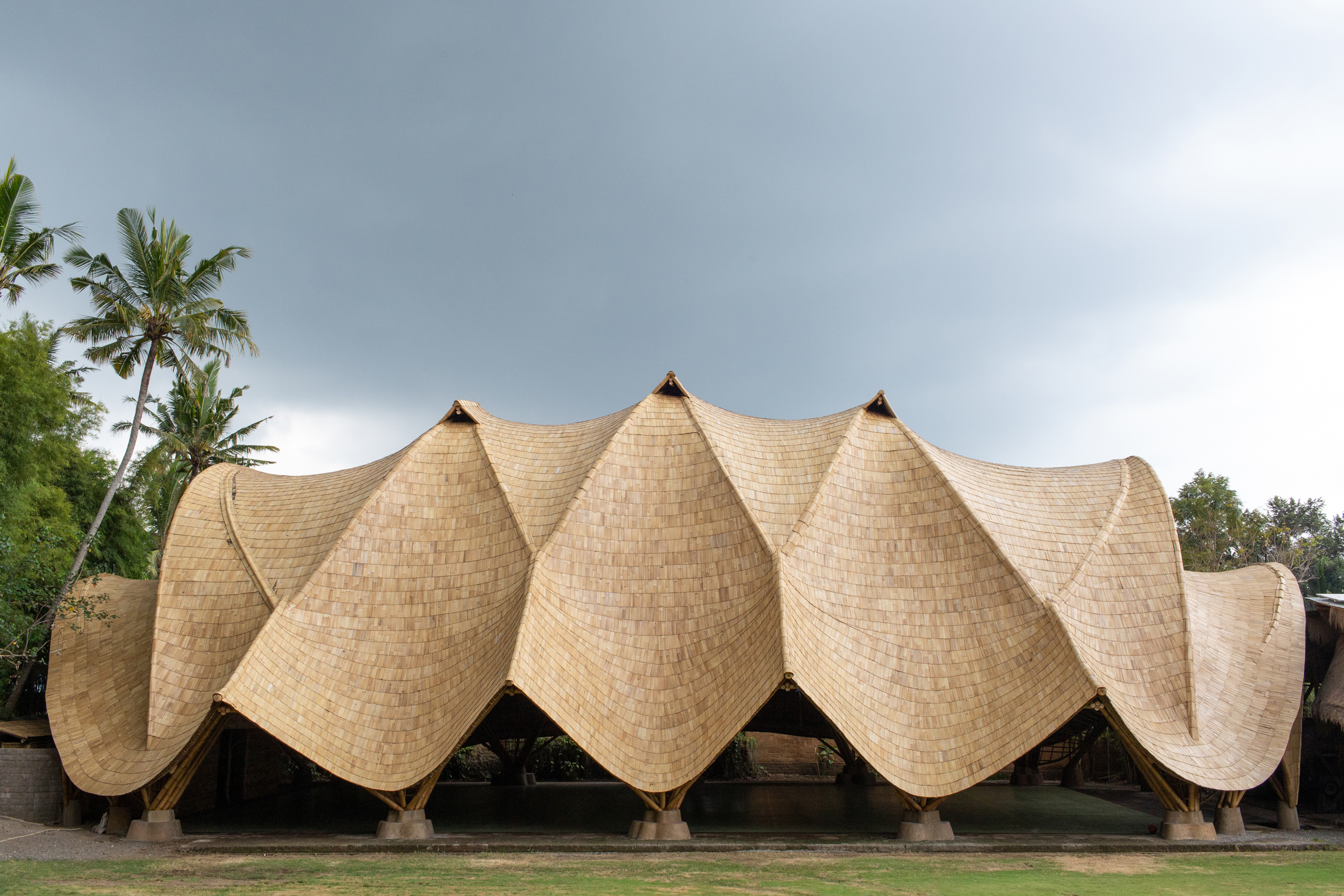 Building with bamboo: In Bali, designer, Elora Hardy, shares her tips and experience
Building with bamboo: In Bali, designer, Elora Hardy, shares her tips and experienceBamboo architecture can be powerful and sustainable; here, we talk to Ibuku's Elora Hardy, who shares her tips, thoughts and experience in working with the material in Bali
-
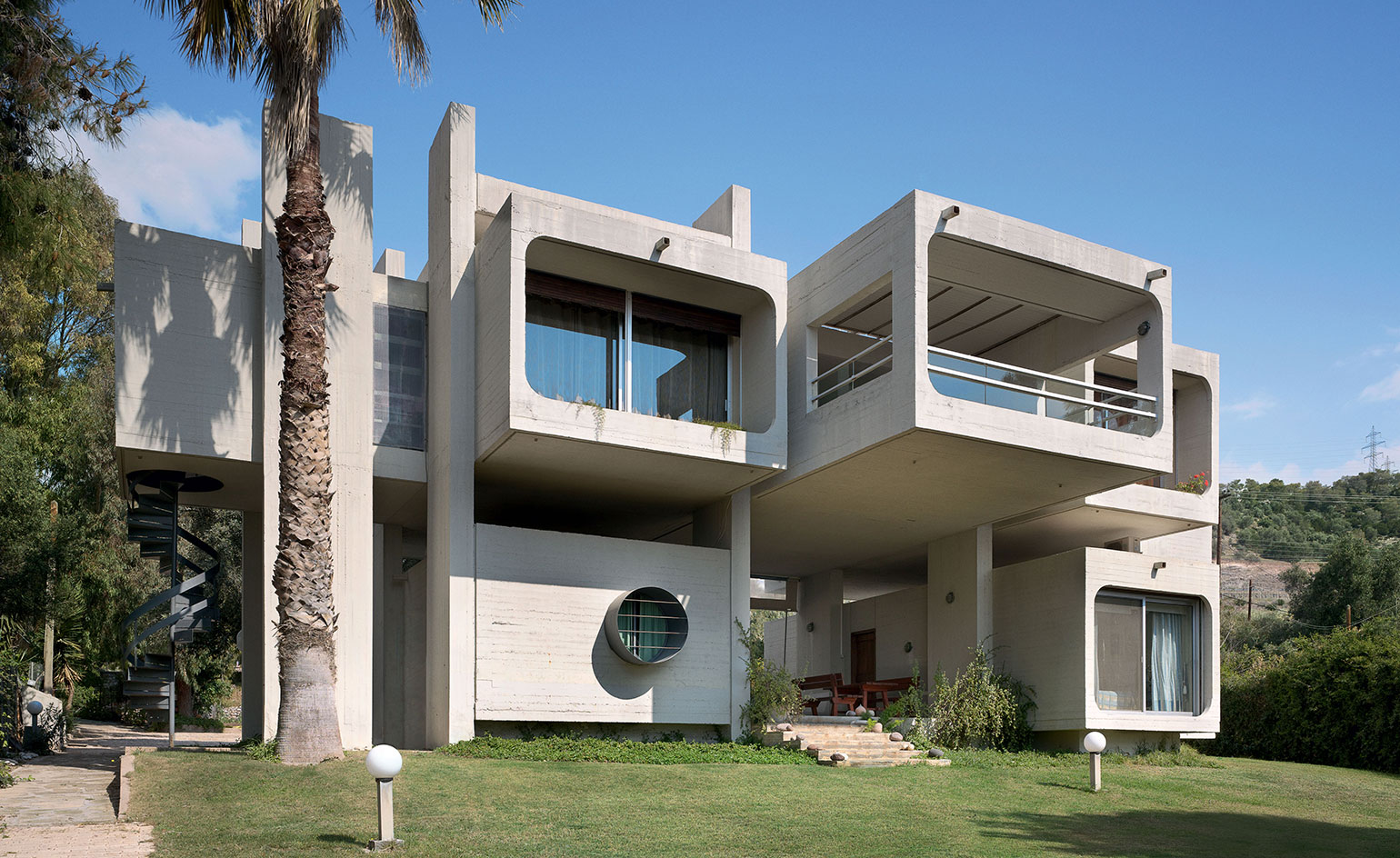 Remembering Alexandros Tombazis (1939-2024), and the Metabolist architecture of this 1970s eco-pioneer
Remembering Alexandros Tombazis (1939-2024), and the Metabolist architecture of this 1970s eco-pioneerBack in September 2010 (W*138), we explored the legacy and history of Greek architect Alexandros Tombazis, who this month celebrates his 80th birthday.
-
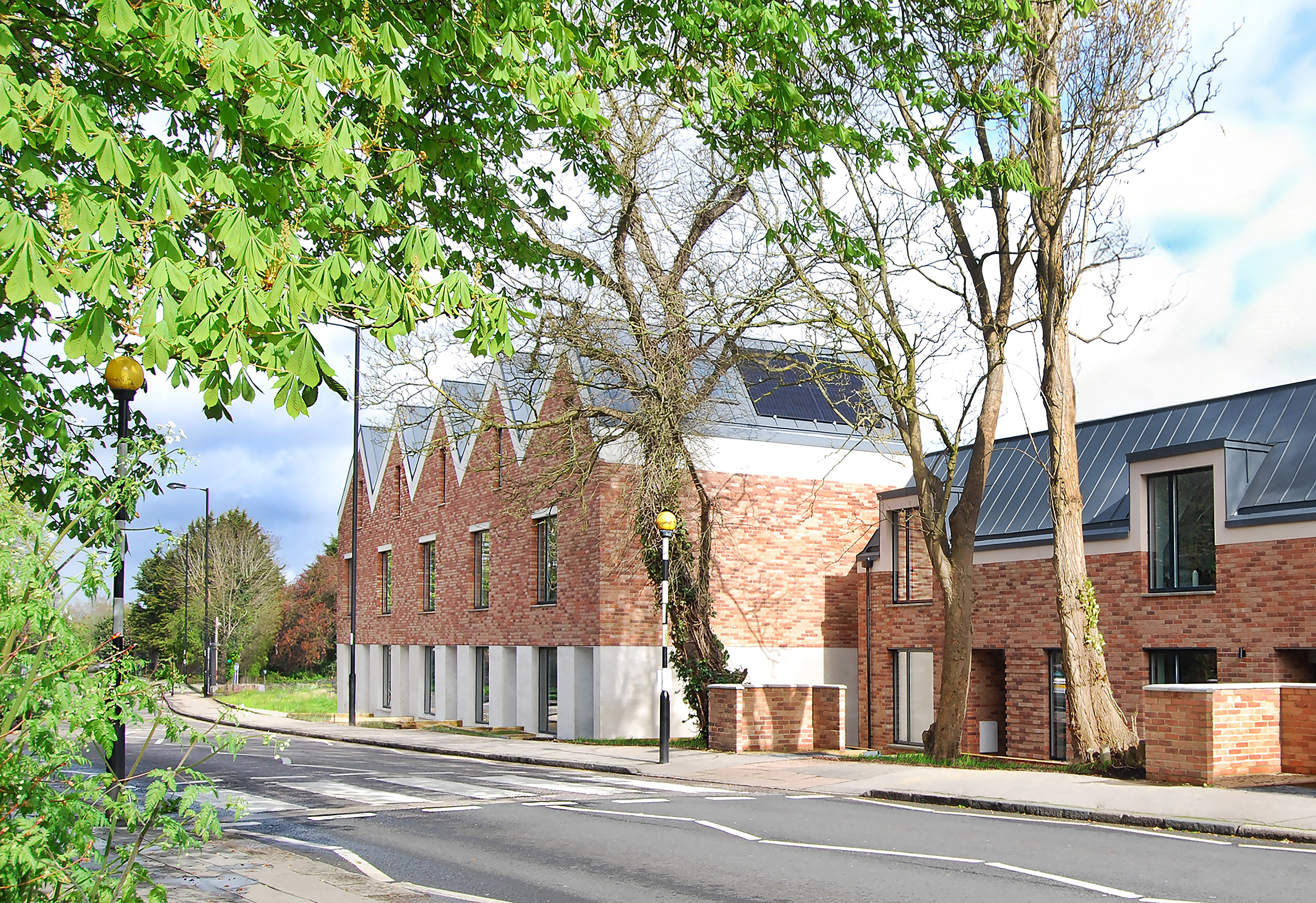 Hermitage Mews is a net-zero family of homes in London’s Crystal Palace
Hermitage Mews is a net-zero family of homes in London’s Crystal PalaceHermitage Mews by Gbolade Design Studio is a sustainable residential complex in south London's Crystal Palace, conceived to be green and contextual